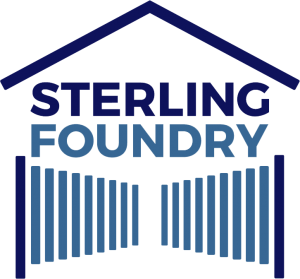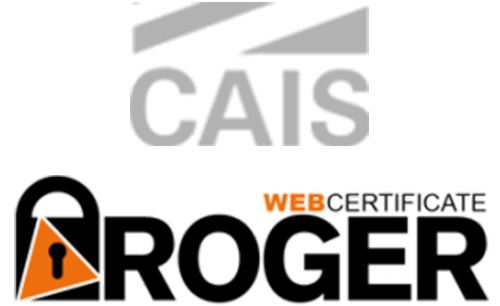Here at Sterling Foundry, we often get asked this question and we understand the concern over automating your existing gate. This concern is heightened when people look at the gate kits, we offer which have multiple components that look confusing and can put people off.
Here is a short guide that looks at the major components of gate automation which should help you gain a better understanding of the components involved and how to automate your gate. Please be aware this is just an overview, but our helpful team are always available to discuss your individual situation.
The mechanics of automating a gate are often referred to as “The Gate Operator”. In simple terms this is the machinery that moves the gate. This unit is powered by electricity and has a number of components and parts. The gate motor is a core component that actually does the moving part of the gates operation and it is vital to choose the correct motor for your gate and situation. Some gates, such as swing gates, may even require a double motor for efficient opening and closing.

Automated gates can be dangerous to people, animals and cars which is why your gate must be fitted with a range of safety devices to minimise the risks. There are a range of options here, but the focus must be on stopping the gate should an obstruction become apparent. It is also important to ensure gate edges have soft rubberised protection to enhance their safety.
In terms of the actual mechanisms used by the gates, this will vary depending on the type of gate you have. To keep things simple, we will look at the 2 core categories of gate:
Swing Gates – These will traditionally require hinges and solid posts to allow the swing action to be smooth and secure.
Sliding Gates – Sliding gates will run along tracks or have wheels attached to allow a smooth opening and closing process.
It may be some of these components are already part of your existing gate you wish to automate or you may need to add these to create true automation. The mechanics of the gate attach to it, allowing the smooth movement from open to close.
The final core element is access control. This is the system used to tell the gate to open or close. Once again there are several options here ranging from a simple “buzzer” or bell allowing the homeowner to decide to open the gate through to recognition tags (traditionally in your car to open the gate when near). There are also keypad options and in more recent times mobile apps to operate the gate.
In essence, gate automation is not complex, but it is vital to get the correct components for your individual requirements. We hope this overview helps you understand a little more about what is required but we always recommend speaking to the experts to get exactly what you need. Feel free to call out team who will be happy to help you pick the right gate automation kit for you.



